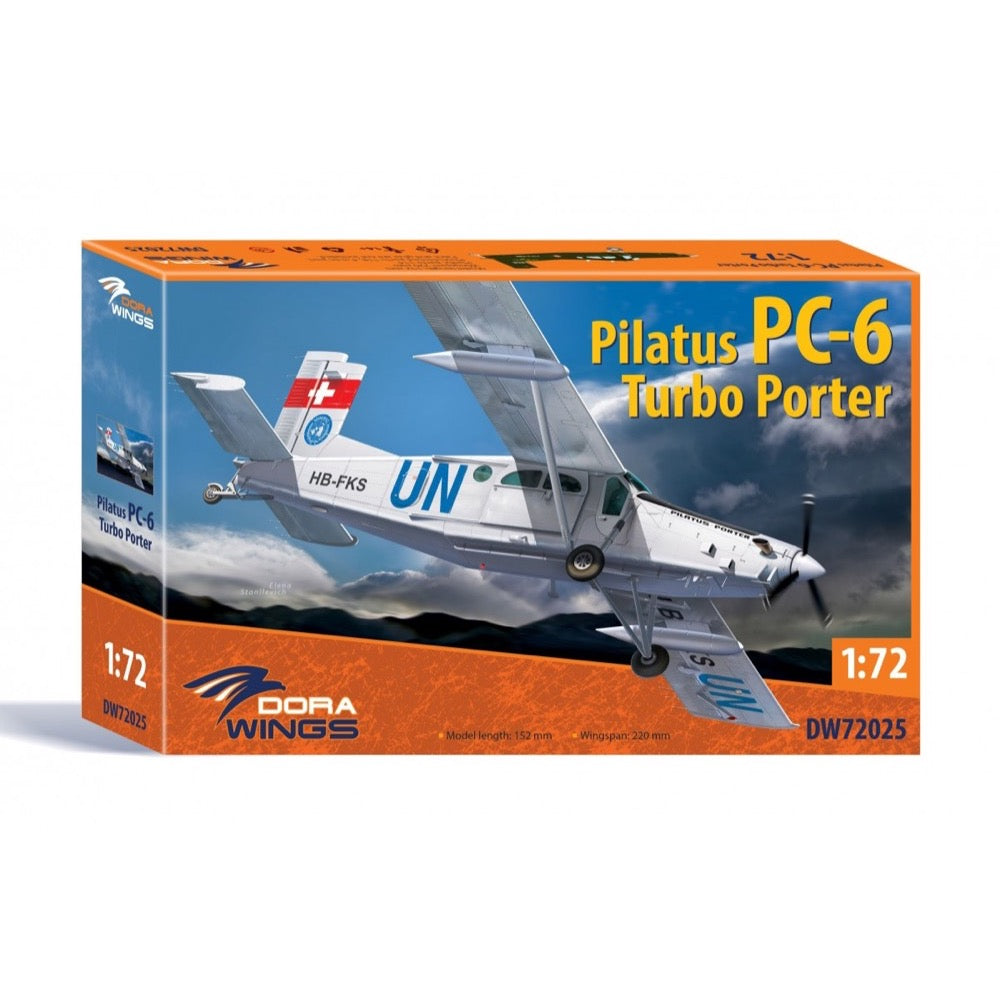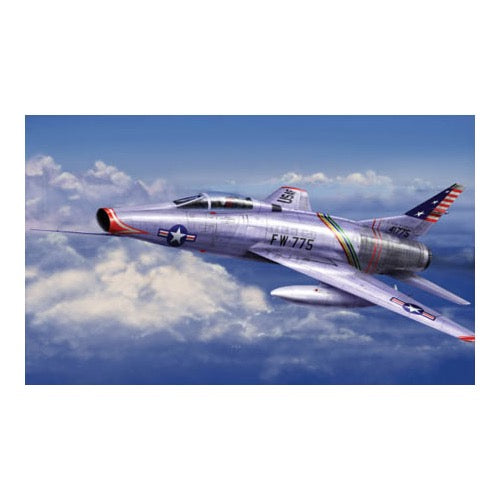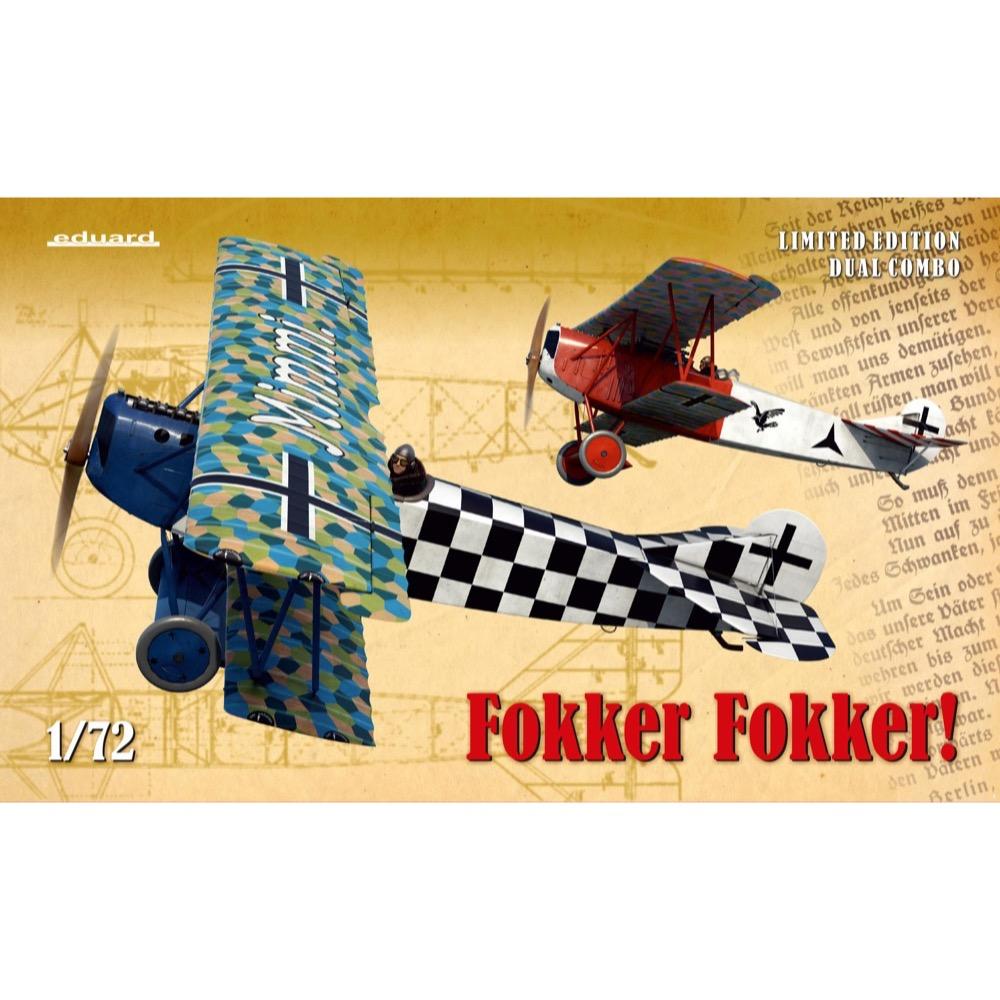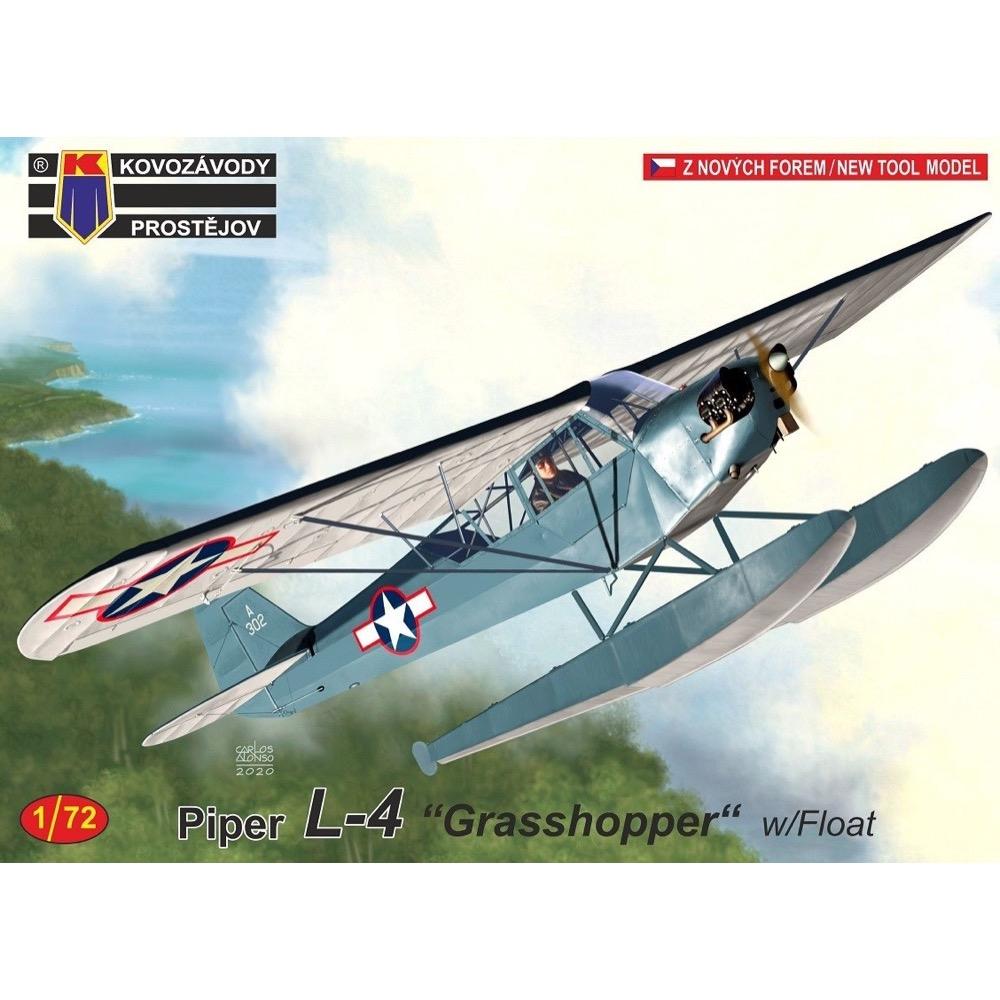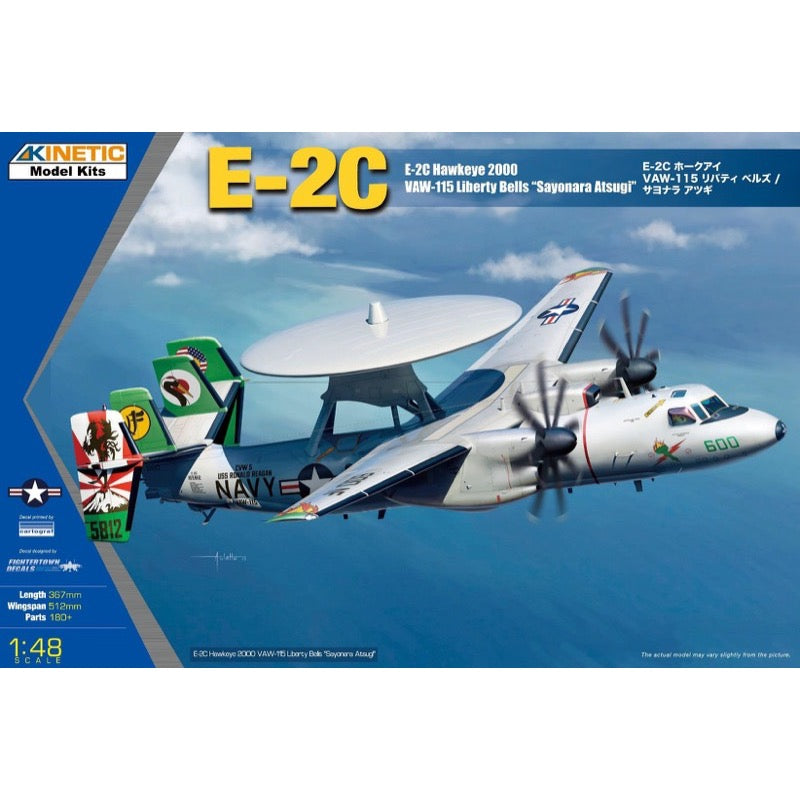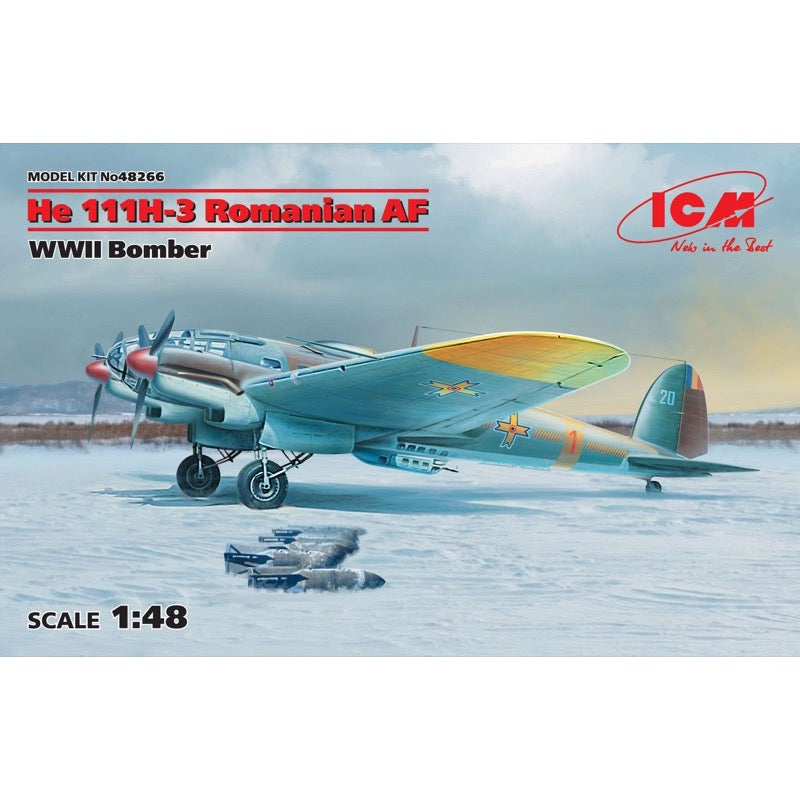
Special Hobby 72229 1/72 Supermarine Seafire Mk.45
17.00
$
<ul>
<li>Weight : 0.3163 kg</li>
<li>Era : Postwar</li>
<li>Origin : british</li>
<li>Edition : Special Hobby</li>
<li>Product : Plastic kits</li>
<li>Type : Aircraft</li>
<li>Scale : 1/72</li>
</ul>
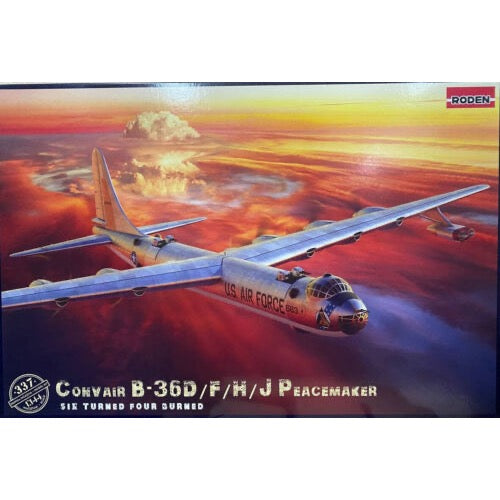
Roden 337 1/144 Convair B-36D Peacemaker
46.00
$
<p>In 1946, one of the most massive aircraft in the history of aviation came into being, the Convair B-36 Peacemaker strategic heavy bomber. For the next 10 years it became the principal weapon threatening retaliation in the event of a new world conflict, startling the imagination even today with its extremely large size. This was the instrument which was to deliver the deadly nuclear weapon as deep as possible into the territory of a potential adversary, which for the United States, soon after the end of World War II, meant the Soviet Union.</p>
<p>As early as 1947, after testing, series production of the B-36A and B-36B versions began, which started their military service in 1949.</p>
<p>Even for such a powerful country as the United States, building such a technologically complex aircraft as the B-36 was a difficult and very costly task. In 1948, the question of terminating the B-36 program was raised, but the sharp deterioration of the political situation due to the conflict in West Berlin forced politicians to heed the military’s advice and continue the program after 75 of the A and B versions had already been built.</p>
<p>The main limitation of the B-36B was its relatively low speed. The quickest way to solve this problem was to install additional engines, beyond the six that were already available. At the same time, the Boeing B-47 jet bomber was already being tested, which was fitted with the latest General Electric J-47 engines with a thrust of 2,720 kgf.</p>
<p>The result was an aircraft that has no analogue in aircraft construction today - the B-36D with ten engines; six pistons and four jets. As there was no time for long-term development, the B-36 was simply and quickly reconfigured as a dual-engine design with the J-47, even using a Boeing wing pylon. On the first flight, AN/APG-32A radarsignificant vibration of this structure was detected due to the influence of reciprocating engines, and therefore the pylon had to be strengthened with a strut - an archaic feature such as had provided structural rigidity to biplanes during the First World War.</p>
<p>Since it was decided that jet engines would be used only during takeoff and when gaining speed in a combat situation, it was necessary to design special cone-shaped louvers that closed the air intakes of engines in other flight modes.</p>
<p>The first flight of the modernized aircraft took place on March 26, 1949, and its characteristics were more than satisfactory, which allowed the military to request funding not only for the conversion of the B-36B to the new standard, but also additional construction of a new series of aircraft. A total of 64 B-36B aircraft were converted and another 22 completely new B-36Ds were built. The overall dimensions of the giant remained unchanged, but flight speed was increased by almost 100 km/h; although some characteristics, such as combat radius, deteriorated slightly due to the increase in aircraft weight and increased drag of the new design.</p>
<p>In 1950, a further improved modification of the B-36 appeared, the B-36F, with more powerful J-47GE-19 engines, the latest K-3A radar bombing system and the new AN/APG-32A radar. A total of 34 machines of this version were built.</p>
<p>In 1952, after making a number of changes to the design, the B-36H took to the air. It had even more advanced engines and radar equipment and 84 were built.</p>
<p>The advent of increasingly high-speed interceptor fighters forced the issue of agility of the bomber to be addressed. To this end, a weight loss program was adopted, according to which all protective weapons were removed except for the tail guns. This allowed the B-36H to reach a speed of 671 km/h, the best figure for any of these giants. The plane could carry 8 tons of bombs over a distance of 5,200 km, which was more than the capability of any other military at the time.</p>
<p>The final B-36 variant was the B-36J, of which 33 were built, appearing in July 1953. The main difference from the previous model was the additional fuel tanks in the outer wing sections, which permitted an increase of combat radius to 6,420 kilometers.</p>
<p>In the early 1950s, it was already clear that the era of the dominance of jet aircraft was imminent. The US military command ordered a new jet bomber, and soon the epoch-making Boeing B-52 took to the air, forever pushing all other developments, including Convair’s competing B-60, into the background. With its advent, the role of the B-36 as the maintainer of peace in the air gradually diminished, and in 1959 all B-36s were retired from US strategic aviation.</p>
<p>However, ten years of active combat patrols along the borders of the Soviet Union were undoubtedly one of the main factors in maintaining control over the tense situation in the world during the Cold War, which was gaining momentum year by year.</p>
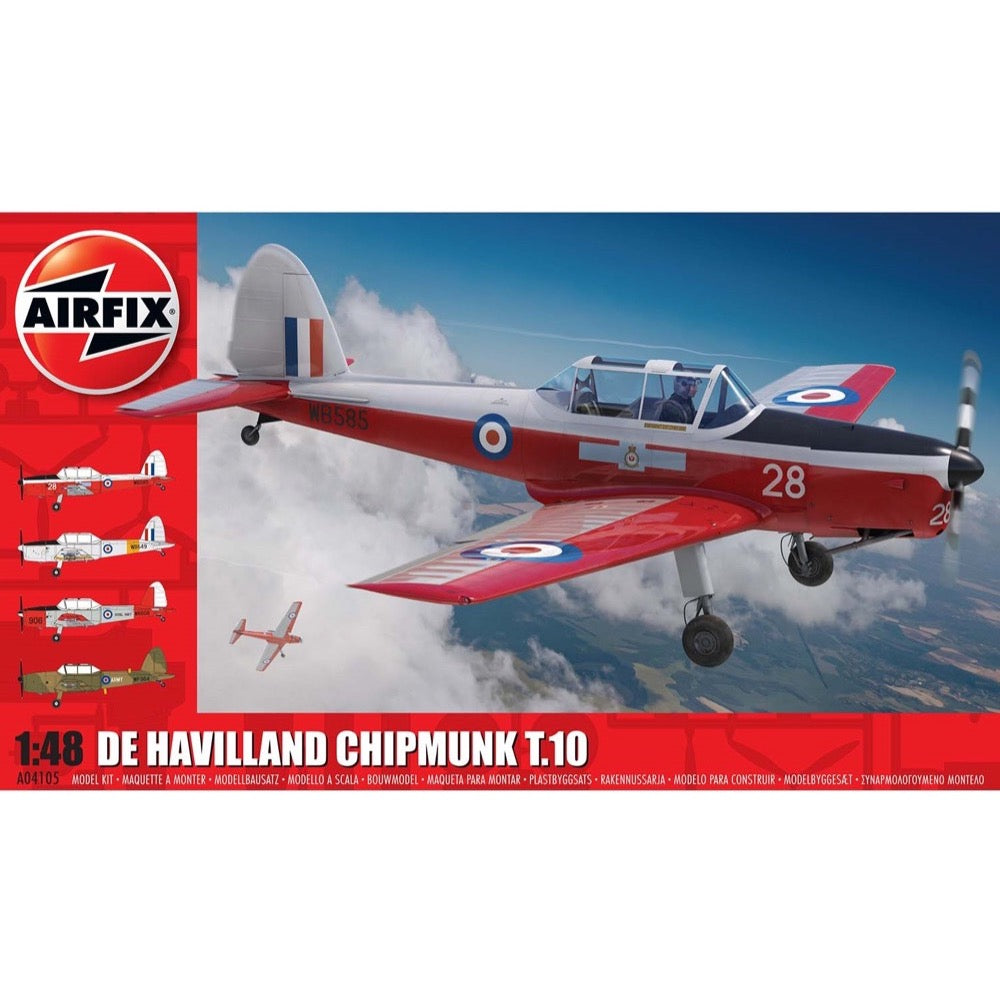
Airfix A04105 1/48 de Havilland Chipmunk T.10
19.00
$
<h3>de Havilland Chipmunk T.10</h3>
<p>Despite being a Canadian design, the Chipmunk has become one of the most recognisable Royal Air Force aircraft of the post-war era and has enjoyed a military career which began in the early 1950s and continues to this day. In fact, it has become one of the most popular aircraft types on the civilian aviation scheme and it is estimated that well over 300 aircraft are still in airworthy condition worldwide..</p>
<ul>
<li>1:48 Scale</li>
<li>Highly Detailed Model</li>
</ul>
<p>With the de Havilland designed Tiger Moth biplane proving to be such an important pilot training aircraft during the Second World War, it is no wonder that the same company would have a say in producing its replacement, when both the RCAF and Royal Air Force were looking to upgrade their primary pilot training capabilities. In order to keep pace with wartime aircraft production and to allow increasing numbers of Canadian airmen to be trained, de Havilland established an overseas subsidiary in Canada, the de Havilland Aircraft Company of Canada.</p>
<p>Following the end of WWII, the company began design work on a new aircraft, one intended as a replacement for the ageing Tiger Moths still in RCAF service. A tandem two seat monoplane, the new trainer incorporated many advances over its predecessor, but shared many of its design philosophies, in that it was intended to be both simple to maintain and relatively forgiving to fly - these aircraft needed to be in the air, earning their keep.Having the distinction of being the first aircraft type designed and built by de Havilland Canada, the first Chipmunk took to the skies in May 1946 and almost immediately gained interest from the military.</p>
<p>By April 1948, the Royal Canadian Air Force had taken delivery of their first Chipmunk, but they were not the only ones admiring the qualities of this extremely capable aeroplane. The vast majority of the 1,283 de Havilland Chipmunks built would be manufactured under licence in the UK, in factories at Hatfield and Chester, with around 735 of these going on to see service with the Royal Air Force, again as the direct replacement for the venerable old Tiger Moth. In RAF service, the British built machines were known as the de Havilland Chipmunk Mk.10 and they would go on to provide basic flight training support many thousands of future military aviators, in addition to providing air experience opportunities for many more as part of the University Air Squadron organisation.</p>
<p>Despite being a Canadian design, the Chipmunk has become one of the most recognisable Royal Air Force aircraft of the post war era and has enjoyed a military career which began in the early 1950s and continues to this day. The Battle of Britain Memorial Flight still operate two Chipmunks regularly, providing currency training for aircrew assigned to fly the unit's historic 'taildraggers' and also to allow crews to reconnoitre new display venues in advance of their show appearance. In other situations, the aircraft can be used to deliver replacement aircrew or spare parts, whilst the Flight's Spitfires and Hurricanes are out on display duties during the Airshow season. These two Chipmunks have ensured that the aircraft must now be regarded as one of the longest serving types in Royal Air Force History.</p>
<p>With such an impressive military pedigree as this, it is also interesting to note that the Chipmunk has gone on to become one of the most popular aircraft types on the civilian aviation scheme and it is estimated that well over 300 aircraft are still in airworthy condition worldwide. Sometimes unfairly described as 'The poor man's Spitfire', the Chipmunk surely now has to be regarded as a historic aircraft in its own right and one which continues to underline the effectiveness of its design. With aircraft formerly serving with the RAF, Army Air Corps, Royal Navy and the mount of several RAF display teams, there is no shortage of attractive schemes available for you to present your Chipmunk in if you are lucky enough to own one, not to mention the fact that the aircraft would also be operated by several overseas air forces all over the world.</p>
<p>As a training aeroplane, it is obvious that more people would have experience with the de Havilland Chipmunk as opposed to the more glamourous front line aircraft types which are so popular with enthusiasts, however, the opportunity to still fly in one of these historic aeroplanes ensures that it continues to be held in great affection by owners and enthusiasts alike. Importantly, the Chipmunk is still fulfilling the role for which it was originally designed when making its first flight 74 years ago, providing basic flying training and allowing people to experience the thrill of flying for the first time.</p>
<h4>Includes</h4>
<ul>
<li>Sprues</li>
<li>Decals</li>
</ul>

MPM 72521 1/72 A-17 A US Attack Bomber
10.00
$
<p>This is a highly-detailed short-run injection kit of the A17 A US Army Attack Bomber. Includes an injection-molded canopy.</p>
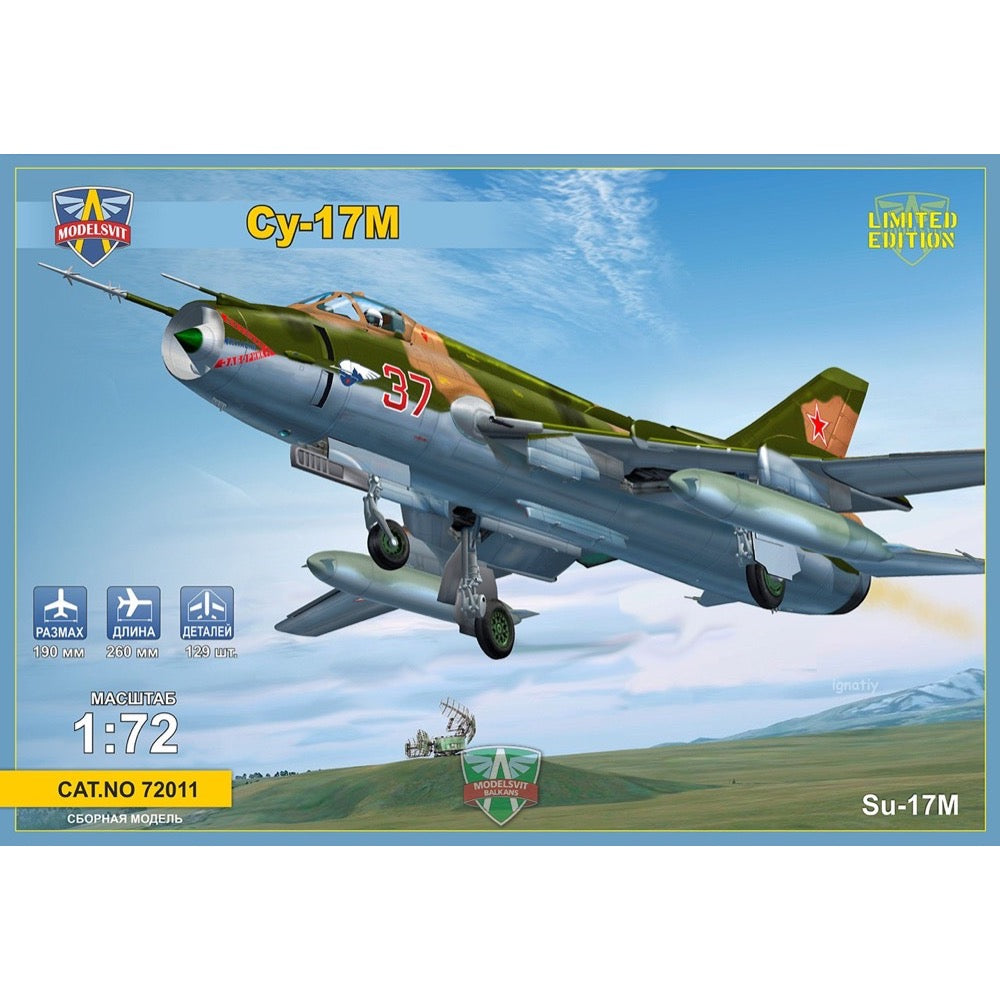
Modelsvit 72011 1/72 Sukhoi Su-17M Multirole Fighter
25.00
$
<p>The Sukhoi Su-17M (NATO reporting name: “Fitter- C”) was a Soviet ground attack aircraft with variable wing geometry, developed in 1970. The plane was powered by the new Lyulka AL-21F-3 jet engine and has a lot of technical improvements, such as: variable-position intake, new navigation and attack computer, new transponder, and etc. The serial production of the Su-17M was carried out at Konsomolsk-on-Amur plant from 1972 to 1975.</p>


